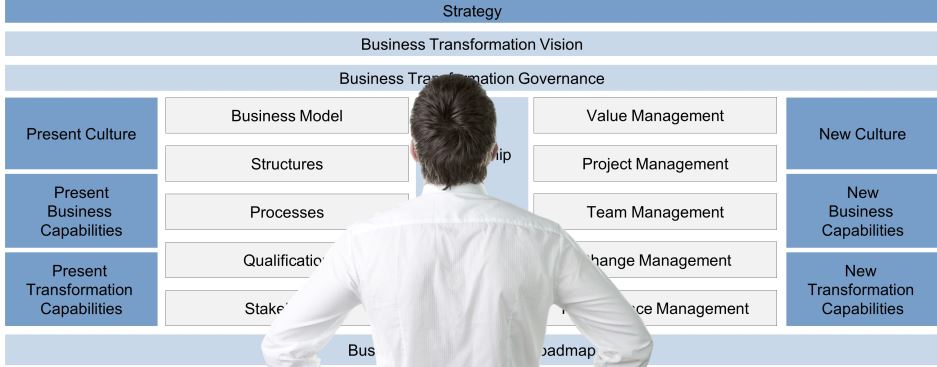15. February 2018
Are you ready for digital transformation?
There are many examples of companies who either failed to recognise the need for digital transformation or who noticed it early and benefited greatly from acting accordingly. No industry sector can continue to grow in the future without digital transformation and the severe changes that come with it. The best-known examples of companies who failed to keep up to the speed of change, are Kodak and Nokia.
Kodak, for example, had already developed a first version of the digital camera back in 1975. However, they simply did not believe in the technology and instead stuck to their analogue cameras. As a consequence, they were quickly overtaken by new and modern companies who gave customers what they wanted by offering an innovative, digital approach to photography. Kodak had to file for insolvency in 2012. The second example is Nokia, who was one of the most important mobile phone producers until its technology was outdated in comparison to the new, fresh products put on the market by the likes of Apple etc. Later, Nokia even sold its Smartphone Department to Microsoft. The company failed, just like Kodak, to recognise the need for change.
How to do it right
Quite on the contrary, one of the best-known positive examples for the success that digital transformation can bring to a company is Netflix. Few remember that the business started as an online video shop in 1997 and earned money by renting DVDs to customers. In 2007, Netflix started operating in the video-on-demand business and offered its movies via internet streaming instead of a hard copy on DVD. Today, over 20 years after its founding, Netflix is the biggest, most successful movie-streaming service worldwide. Its founders realised the potential of digital transformation at the right time and proved that it is worth it to conduct market and data analyses and adapt a business model accordingly.
How do these three examples concern or affect you and your company, you may wonder?
They do not, strictly speaking. However, all of those examples have something in common: All of the named companies, as well as yours, had to face or are facing the challenge of keeping up with technological change and digital transformation. The examples show how dangerous it is to ignore the ongoing digital change around us and how crucial it is instead to have courage and try to incorporate new, innovative ideas and digital solutions in a business – not matter for how many decades the existing business model has been successful or how unnecessary a change may seem. Room for improvement or potential new market opportunities is almost always available.
Nokia and Kodak could have prevented what happened to them by changing their processes, systems and structures when they noticed that the market surroundings as well as the customer requirements shifted. The need for a digital transformation, however, was not recognised or, if so, it was not considered as important enough to actually act on it. Consequently, it is of great importance for companies to be aware of their business surroundings, to observe change and to be open to the idea of a digital transformation. They need to consider the following questions:
Questions to consider
- How do I recognise the need for a digital transformation?
- What are the relevant factors of digital transformation and how can they affect the company?
- How do I define a clear transformation strategy?
- How do I make specific plans for the implementation and execution of the strategy?
- How can I include employees as well as the entire company in the transformation?
- Which guidelines or theory models can I use to receive support for my transformation plan?
These and many other questions are at the heart of the certified Course “Business Transformation Manager”. Sign up and take part in the course to learn everything you need to know to support digital transformation at your company! Be prepared for the future and become a “Business Transformation Manager” with us!


